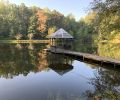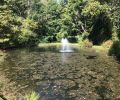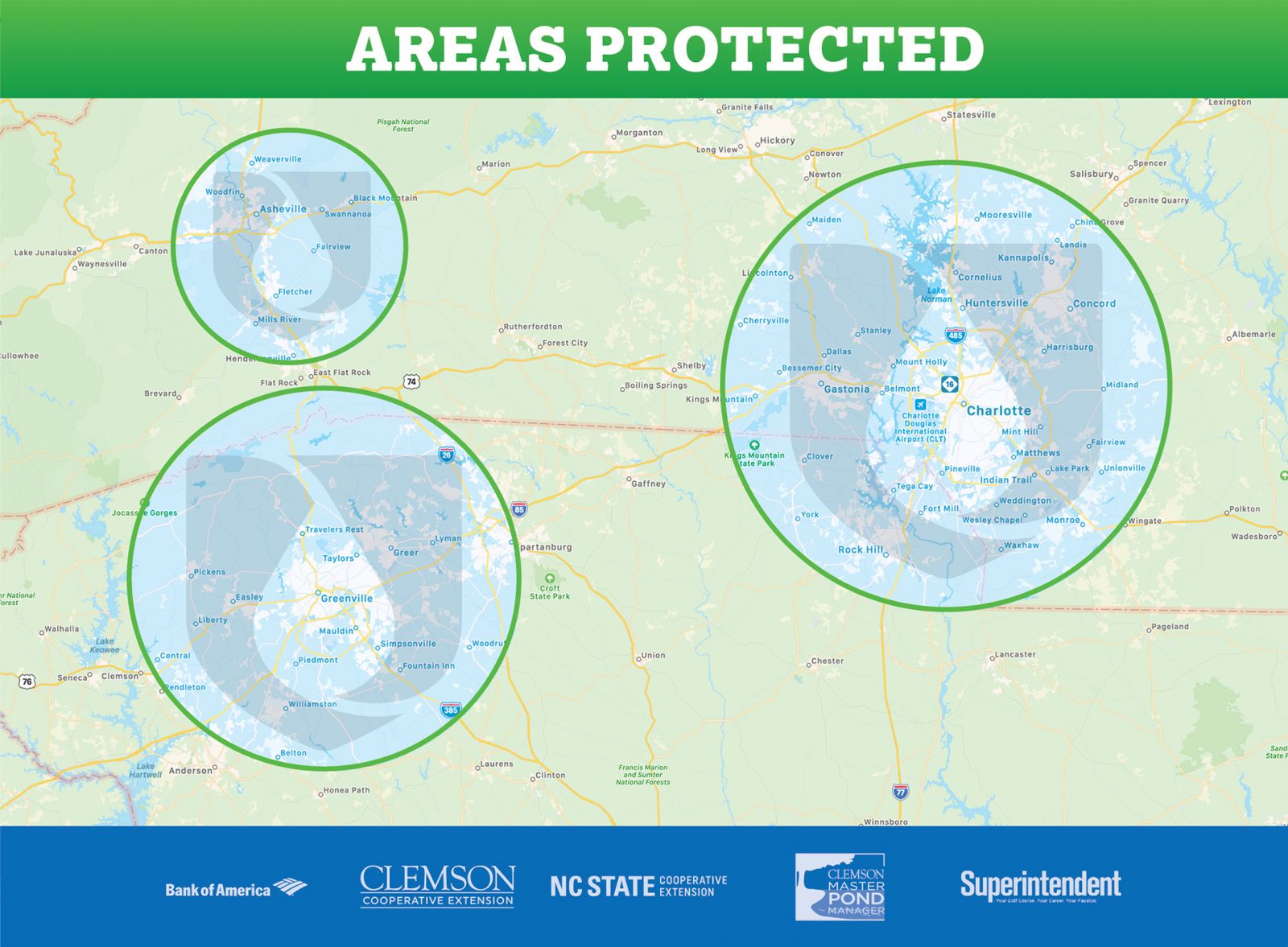Never heard of a Certified Wildlife Habitat before? You aren’t alone. A wildlife habitat is an environment designed by a person or community that works as a sustainable refuge for surrounding wildlife. Wildlife gardens include a variety of habitats that help native and local plants, birds, amphibians, reptiles, insects, mammals, etc.
These havens play a crucial role in helping wildlife survive the stresses of development. The people who create them also get involved with wildlife in new ways and form a deeper relationship with the natural world.
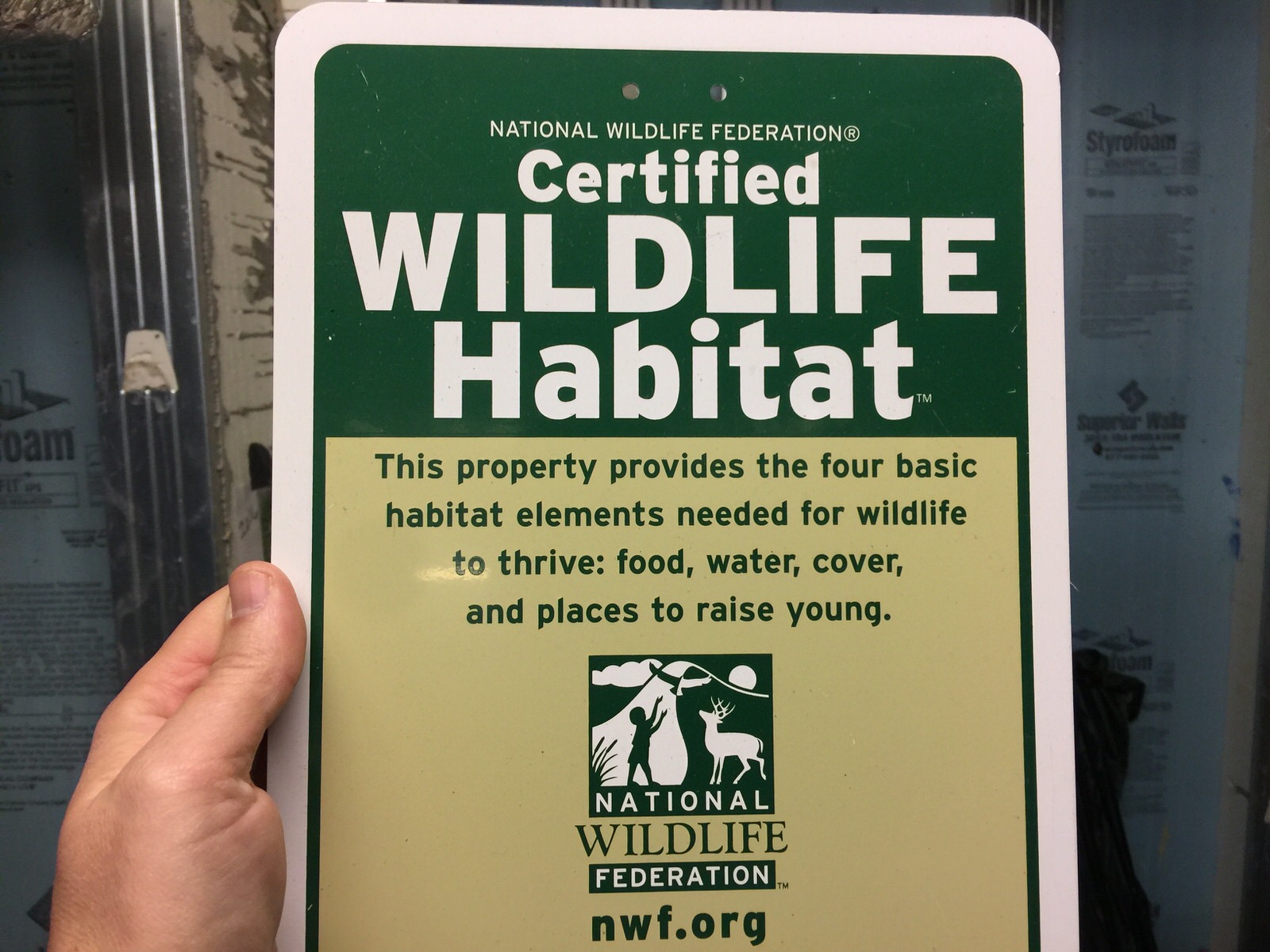
Jan has a certified wildlife habitat in her backyard. She has a pond and wanted to become a member so that her pond would stay healthy for the wildlife and environment. We asked her about the benefits when you certify through NWF’s Garden for Wildlife community, and she mentioned:
- You get a personalized certificate
- You get a subscription to their e-newsletter, Garden for Wildlife
- You get a twelve-month membership in the National Wildlife Federation and a subscription to National Wildlife® Magazine
- You get 10% off National Wildlife Federation Catalog merchandise to enhance your wildlife habitat, which includes nesting boxes, feeders, birdbaths and other items.
- An exclusive option to buy charming garden signs signifying your garden as a Certified Wildlife Habitat® with the National Wildlife Federation
- Wildlife habitats can play a crucial role in biological pest control, and also promote biodiversity, native plantings, and will benefit the wider environment.
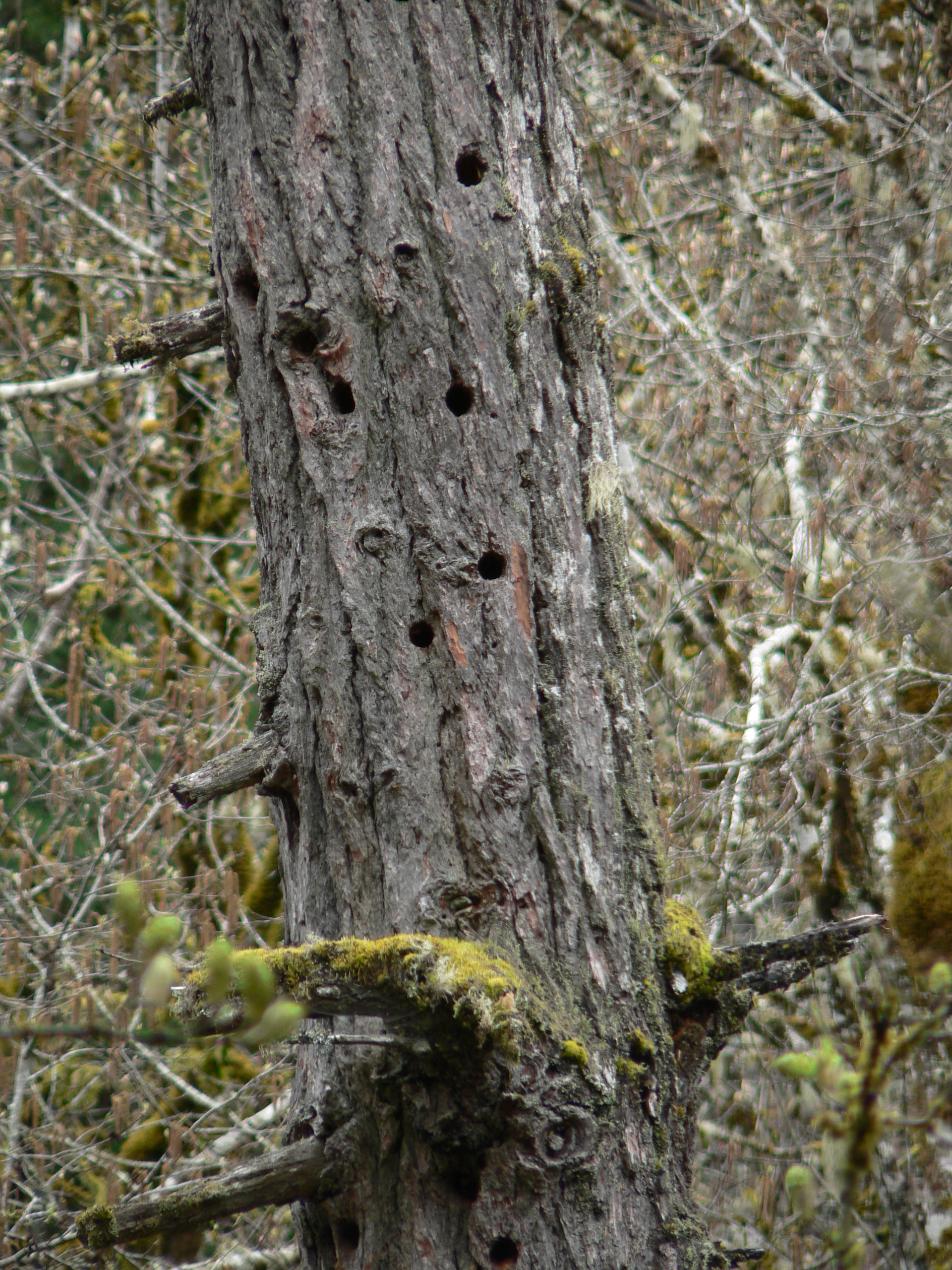
There are FIVE factors that you must have to become certified.
- Food- the habitat needs to have three of the following types of plants or supplemental feeders:
- Seeds from a plant
- Berries
- Nectar
- Foliage/Twigs
- Nuts
- Fruits
- Sap
- Pollen
- Suet
- Bird Feeder
- Squirrel Feeder
- Hummingbird Feeder
- Butterfly Feeder
- Water- All animals need water to survive, some also need it for bathing or breeding. Your garden needs to have one of the following water sources to provide clean water for wildlife to drink and bathe:
- Birdbath
- Lake
- Stream
- Seasonal Pool
- Ocean
- Water Garden/ Pond
- River
- Butterfly Puddling Area
- Rain Garden
- Spring
- Cover- Wildlife need different places to find shelter from bad weather, and they need places to hide from predators or to stalk prey. Wildlife need at the least two places to find refuge from predators and the weather:
- Wooded Area
- Bramble Patch
- Ground Cover
- Rock Pile or Wall
- Cave
- Roosting Box
- Dense Shrubs or Thicket
- Evergreens
- Brush or Log Pile
- Burrow
- Meadow or Prairie
- Water Garden or Pond
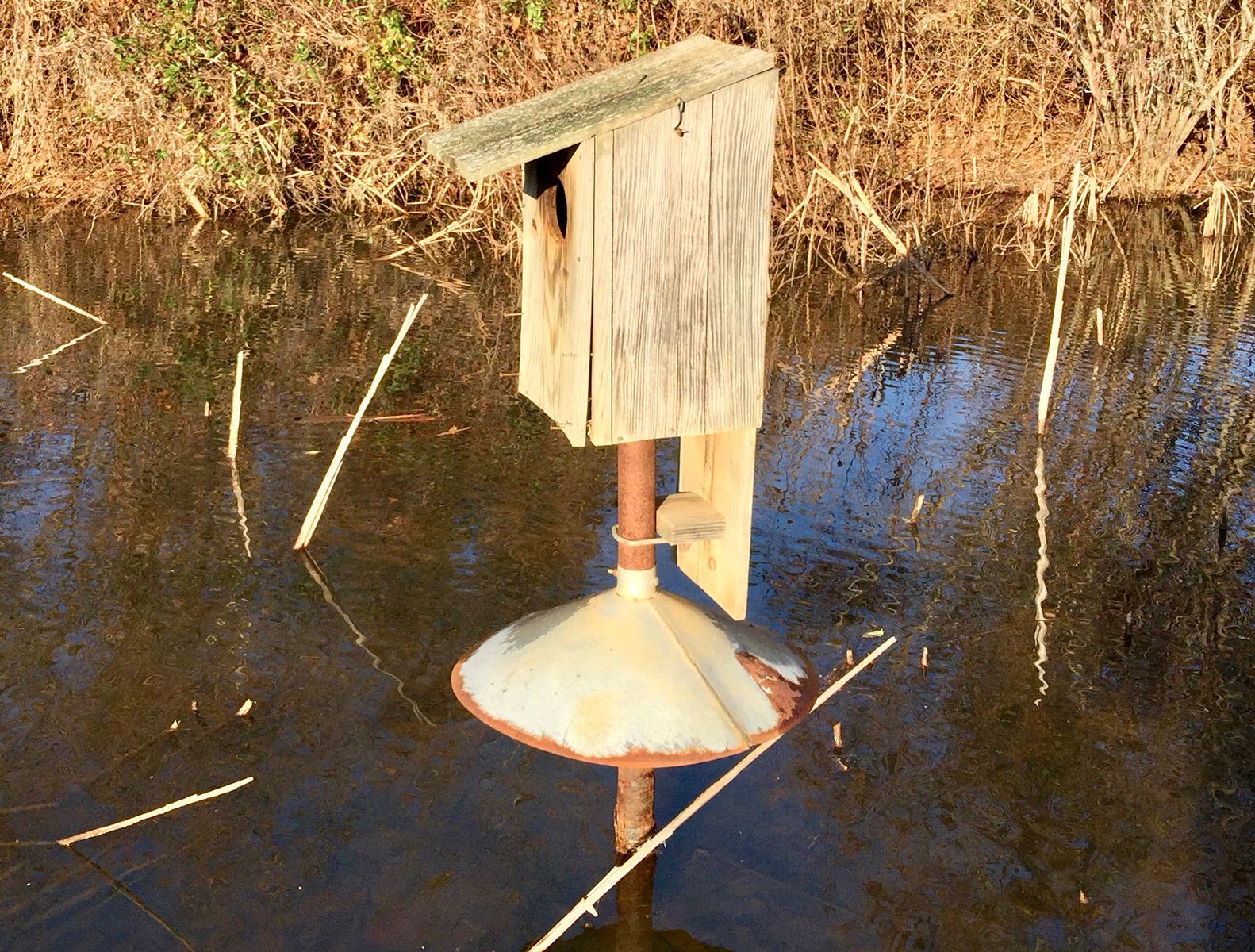
- Places to raise young- Wildlife need resources to reproduce and keep their species going. Some species have completely different habitat needs in their juvenile phase than they do as adults. You need at the least two places for wildlife to join in love, mate, and then bear and raise their young:
- Mature Trees
- Meadow or Prairie
- Nesting Box
- Wetland
- Cave
- Host Plants for Caterpillars
- Dead Trees or Snags
- Dense Shrubs or a Thicket
- Water Garden or Pond
- Burrow
- Sustainable practices- How you maintain your garden can affect the health of the air, soil, water and habitat for native wildlife as well as the human community. You will need to implement practices from at least two of the three sections below to help maintain your habitat in a sustainable way. To better help wildlife, it’s recommended to use one or more practices from each of the sections from National Wildlife Federation’s website.
Soil and Water Conservation: Riparian Buffer • Capture Rain Water from Roof • Xeriscape (water-wise landscaping) • Drip or Soaker Hose for Irrigation • Limit Water Use • Reduce Erosion (i.e. ground cover, terraces) • Use Mulch • Rain Garden
Controlling Exotic Species: Practice Integrated Pest Management • Remove Non-Native Plants, and Animals • Use Native Plants • Reduce Lawn Areas
Organic Practices: Eliminate Chemical Pesticides • Eliminate Chemical Fertilizers • Compost
You can certify your wildlife garden here.
Now serving Greenville SC, Spartanburg SC, Asheville NC, & Charlotte NC areas.
Get started. And become a member today!


